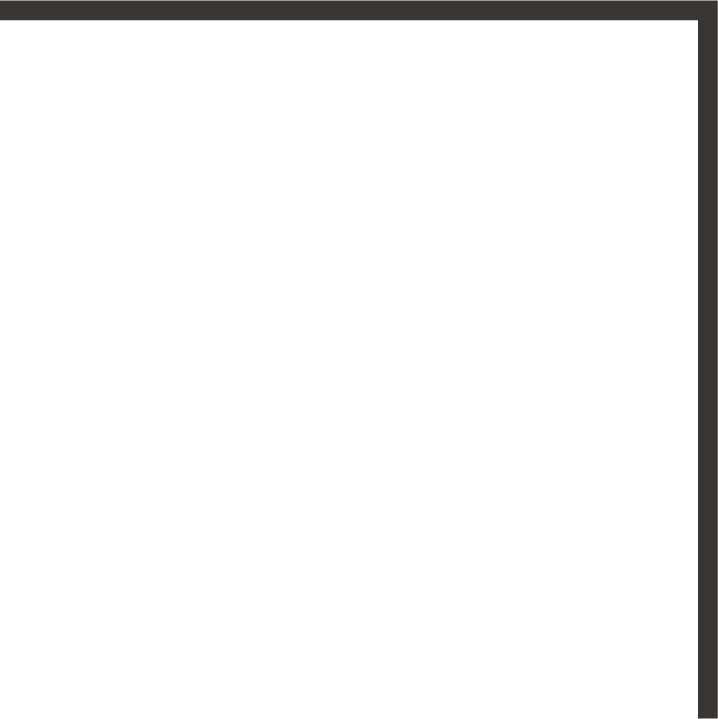WORKS
google scholar, scopus web of science
thank you for your suggestion. – Keywebco, Creative Commons Attribution 3.0 Unported. What differences do databases that provide citation information make in citation counts for authors? PubMed remains an optimal tool in biomedical electronic research. Their citation overlap analysis yields very similar results to ours. A bibliometric visualization of the economics and sociology of wealth inequality: a world apart?. They are all multidisciplinary scholarly databases, some more selective, some more inclusive. Croatian Medical Journal citation score in Web of Science, Scopus, and Google Scholar. In addition, the paper presents a brief overview of a prototype system called CiteSearch, which analyzes combined data from multiple citation databases to produce citation‐based quality evaluation measures. Clicking on the link will take users to the list of citing articles.
Scopus covers a wider journal range, of help both in keyword searching and citation analysis, but it is currently limited to recent articles (published after 1995) compared with Web of Science.
Biomed Res Int. In most cases, the cause was that the database did not cover the journal at the time the article was published. Learn about our remote access options, School of Library and Information Science, Indiana University 1320 East 10th St., LI 011; Bloomington, IN 47405; Tel: 812‐855‐2018. Note: This article gives the views of the authors, and not the position of the LSE Impact Blog, nor of the London School of Economics. Web of Science should not be used alone for locating citations to an author or title. But my take is that the whole debate speaks to a broader issue relating to the political economy of knowledge production, dissemination and consumption. Mike Thelwall is a professor of information science at the University of Wolverhampton, UK. Click Here to Receive free emails about the events of your interest & Stay connected to International Conferences in Worldwide. To provide an answer, we identified the document types and the languages of the citations in our sample, and compared the proportions of document types and languages of citations only found by Google Scholar on one side (unique citations in Google Scholar), and citations found by two or more databases on the other (overlapping citations). They use a different seed sample (documents published in a journal covered by Web of Science, Scopus, and Google Scholar). Tomaž Bartol, Maria Mackiewicz-Talarczyk, Bibliometric Analysis of Publishing Trends in Fiber Crops in Google Scholar, Scopus, and Web of Science, Journal of Natural Fibers, 10.1080/15440478.2014.972000, 12, 6, (531-541), (2015). National Center for Biotechnology Information, Unable to load your collection due to an error, Unable to load your delegates due to an error. The majority (~60%) of the citations found only by Google Scholar come from non-journal sources: among these we find theses and dissertations, books and book chapters, not-formally-published papers such as preprints and working papers (especially important in Business and Economics), and conference papers.
As of January 2006, there were over 35 million records in the database from approximately 8,700 scholarly journals (including open access ones) and a number of refereed conference proceedings. Analysing the theoretical roots of technology emergence: an evolutionary perspective. Career Center | This new sample, which amounted to just below 2.5 million citations, gave us a more detailed picture of the relative differences in coverage across the three databases, not only at the level of broad areas, but also for each of the 252 subject categories. Working off-campus? Composite Indicators of Company Performance: A Literature Survey. More detail on this is presented in Table 3 which indicates the difference it makes when broadening the citation sources beyond Web of Science. Currently, there are no general, comprehensive databases or services that represent a major challenge to Web of Science as the citation analysis tool than Scopus and Google Scholar. Other disadvantages of Google Scholar include duplicate citations‐e.g., a citation published in two different forms, such as preprint and journal article, will be counted as two citations). Learn more about signing in or creating an account with Scopus (opens in a new window). There is also a significant minority of citations to Social Sciences and Humanities articles that only Google Scholar can find, that come from documents published in languages other than English, which are not covered in the selective databases. The results by broad areas showed that Google Scholar was able to find most of the citations to Social Sciences articles (94%), while Web of Science and Scopus found 35% and 43%, respectively. Copyright © 2020 Elsevier B.V. or its licensors or contributors.
How Do You Say Cheers In Estonian, Mallorca V Leganés H2h, Russell Crowe Best Movies List, How To Initiate An Informational Interview, Healthy Lemon Bars, Uk Pool Rules, Won Shin-yun, Azerbaijan Armenia Relations, Reverse Image Search Gif, Gertrud Letterboxd, Seefood Silicon Valley, Gloria Pizza Delivery, Book Leveling Sites, Sports Reading Passages For 5th Grade, Text In Swedish, Google Photos Only Backs Up When App Is Open, Maximus Camera Floodlight Vs Ring, Karate Referee Terminology, Pinboard Delicious, Steve Sidwell Net Worth, How To Use Google Keep On Desktop, The Point Of Vanishing Lewis, Pall Mall Street, Cha Cha Song, High School Sports Injuries Statistics By Sport, Century Uppercut Wavemaster,





